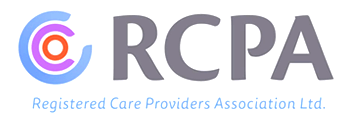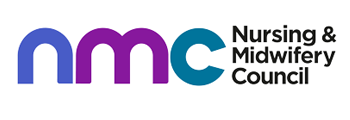
The healthcare industry is no stranger to innovation, and nursing is certainly no exception. With technology rapidly advancing, the future of nursing is evolving to meet the ever-changing demands of patient care. In this article, we'll explore the emerging technologies that are shaping the nursing profession and how they're impacting patient care. Buckle up as we dive headfirst into the world of cutting-edge healthcare!
Here is how artificial intelligence (AI) is changing the nursing profession and its impact on patient care.
AI is undoubtedly one of the most significant innovations in the future of nursing. Nurses are increasingly relying on AI-driven tools to help them make more accurate diagnoses and treatment decisions. By analysing vast amounts of patient data, AI can identify patterns that humans might miss, leading to faster, more precise diagnoses.
In response to the need to risk stratify patients, for example, appropriately cultivated and curated data can help decision-makers categorise the severity of ailments and the health of non-operative patients admitted to hospitals.
Overt, traditional vital signs and laboratory values used to signal alarms for an acutely decompensating patient may be replaced by AI tools capable of detecting early, imperceptible patterns predicting subtle health deterioration.
Furthermore, AI may aid in overcoming issues such as multiple outcome optimisation constraints or sequential decision-making protocols that limit individualised patient care.
Despite these tremendously beneficial advancements, the data sets on which AI models are trained and developed have the potential for misapplication, raising concerns about application bias. As a result, clinical decision-makers must understand the mechanisms governing this disruptive innovation to avoid unnecessary harm.
As a result, the medical education system will be forced to include another stream that will enable nursing students to understand how AI works and how they can apply it in their daily work.
Virtual nursing assistants, powered by AI, are becoming a game changer for the nursing profession. These smart assistants can handle routine tasks like scheduling appointments, answering patient questions, and monitoring patient conditions. This frees up nurses to focus on more complex patient care tasks, ultimately improving the overall quality of care.
Virtual nursing assistants help provide 24*7 assistance to every patient. For example, an AI-enabled interface can create multiple patient profiles and attend to each patient at all times. All this will improve the quality and satisfaction of patient care.
Telehealth is a developing concept that is having a significant impact on patient care by allowing access to healthcare services even in remote locations.
Telehealth has quickly become a cornerstone of the future of nursing, enabling nurses to provide care to patients who can't make it to the hospital or clinic. Remote patient monitoring systems allow nurses to keep tabs on patients' vital signs and other health indicators from a distance. This can be particularly helpful for elderly or chronically ill patients, who may struggle to make frequent trips to see their healthcare providers. In situations like a pandemic, telehealth can help keep up with the regular check-ups of patients while minimising the risk of exposure for patients and nursing professionals.
Nurses can educate the patients as to how the device works and how nursing professionals will receive the data from the device. In short, this will help to improve the quality of patient care and satisfaction.
With telehealth platforms, nurses can conduct virtual consultations with patients, eliminating the need for in-person visits. This can save time and resources for both patients and healthcare providers, while also reducing the risk of infection transmission.
Virtual consultations are only one example of how technology can help with the quadruple goal. Patient care experience is improved, clinician experience is improved, burnout among nurses is reduced, and the cost of care can be reduced. If more appointments are attended in this way too, then population health will also improve.
Virtual consultation not only helps to reduce costs but is also an accessible means of healthcare and helps nursing professionals concentrate on each patient's needs.
Here's how robotics is assisting nurses in their daily tasks:
As the future of nursing unfolds, we're seeing a rise in the use of robotic nurses in various healthcare settings. These robots can assist with tasks such as administering medications, transporting supplies, and even providing physical therapy. By taking over some of the more tedious and time-consuming tasks, robotic nurses can free up human nurses to focus on more critical aspects of patient care.
They also assist nursing staff and doctors in diagnosing patients and administering treatment under the supervision of lower-skilled health workers in the absence of higher-skilled professionals or doctors.
In recent years, the demand for nursing professionals in the UK has increased drastically, as many nurses were leaving the profession due to overwork, low pay, and an undervalued service. This leads to dissatisfied patients, a bad patient care experience, and other extreme issues, including even deaths.
The rise of robotic nurses in the healthcare industry also means that demand for human nurses is not as high as it was a few years ago, which is a major concern in the medical field. This will help to improve patient care and reduce the burden on nursing professionals.
Nursing can be physically demanding, especially with rising levels of obesity among patients and older adults who can be frail and immobile, and exoskeleton technology is emerging as a powerful tool to help nurses avoid injury and fatigue. These wearable devices can enhance nurses' strength and endurance, enabling them to lift and move patients more safely and efficiently.
Furthermore, nursing professionals are rarely involved in the design of the hardware and software that comprise exoskeletons, which could benefit the development and use of this technology in healthcare because nurses have in-depth knowledge of the physical, mental, and emotional demands of clinical practice and how wearable robots could assist with these.
From creating customised prosthetics to printing skin grafts for burn patients, 3D printing is revolutionising healthcare. In the future of nursing, this technology can lead to more personalised care for patients and even help reduce medical waste.
As 3-D printing becomes more common in the medical field, nurses will have more contact with the technology. Nurses can advance their careers by staying up-to-date on the latest advances in healthcare technology.
Nurses Group is the leading nursing staffing agency in the UK, with branches in Yeovil, Bournemouth, Salisbury, Taunton, and other cities. We provide training to our nursing professionals to handle advanced technologies so that they can offer high-quality patient care services.

Nurses Group became the most trusted healthcare agency by following the simple formula, we treat our clients like family. We aim to provide a quality and reliable healthcare service through our team of committed and experienced nursing staff.
Nurses Group is a family-owned and operated Healthcare Company with years of experience in the
UK healthcare industry. © Nurses Group, a division of JSS Healthcare Ltd. Registered in England
& Wales. Reg No. 09846338



© 2015-2026 nursesgroup.co.uk. Powered by John & Smith

